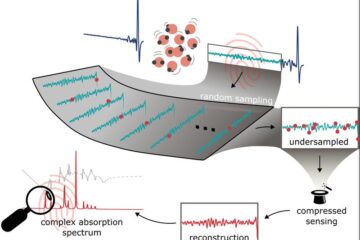Latest News

Methane thought to be responsible for mass extinction
What caused the worst mass extinction in Earth’s history 251 million years ago? An asteroid or comet colliding with Earth? A greenhouse effect? Volcanic eruptions in Siberia? Or an entirely different culprit? A Northwestern University chemical engineer believes the culprit may be an enormous explosion of methane (natural gas) erupting from the ocean depths.
In an article published in the September issue of Geology, Gregory Ryskin, associate professor of chemical engineering, suggests t

Modern global warming more damaging than in the past
Global warming isn’t what it used to be.
“Some people will tell you that the planet has warmed in the past and that species always managed to adapt, so there’s no cause for alarm. Unfortunately that’s not the case,” said Johannes Foufopoulos, assistant professor at the University of Michigan School of Natural Resources and Environment. Foufopoulos says new research illustrates major differences between global warming today and past natural climate fluctuations as they relate to spec

Gene that is crucial for antibody-producing cell development is key to blood cell cancer
Finding that an abnormally active Bcl10 gene drives B cells to become cancerous suggests blocking the gene would be an effective treatment for MALT lymphoma
A gene that is crucial to the development and function of an entire family of immune cells is also key to understanding why one member of that family can become cancerous. Investigators at St. Jude Children’s Research Hospital and the Blood Research Institute at the Blood Center of Southeastern Wisconsin, Milwaukee, reported

Nanometer-sized particles change crystal structure when they get wet
As scientists shrink materials down to the nanometer scale, creating nanodots, nanoparticles, nanorods and nanotubes a few tens of atoms across, they’ve found weird and puzzling behaviors that have fired their imaginations and promised many unforeseen applications.
Now University of California, Berkeley, scientists have found another unusual effect that could have both good and bad implications for semiconductor devices once they’ve been shrunk to the nanometer scale.
Th

Research on relative species abundance provides new theoretical foundation
A paper in this week’s journal Nature, building on radically new ecological theory by University of Georgia professor Stephen Hubbell, challenges half-century-old ideas about how natural plant and animal communities are put together.
The paper in Nature includes research by physicists Jayanth Banavar and Igor Volkov of Penn State University and Amos Maritan of the International School for Advanced Studies in Trieste, Italy, along with Hubbell.
Conventional ecological theory s

World´s Largest Solar Factory Opens In Japan
In this world of increasing worries over dependence on foreign oil, environmental degradation and the vulnerability of power networks, many people are calling for greater use of clean energy alternatives such as solar power. It is encouraging therefore to note the completion of the world´s largest factory for solar panels, built by MSK, Japan´s leading specialist solar manufacturer.
Tokyo-based MSK Corporation has opened the doors to its new production facility located in Nagano, Japan.











